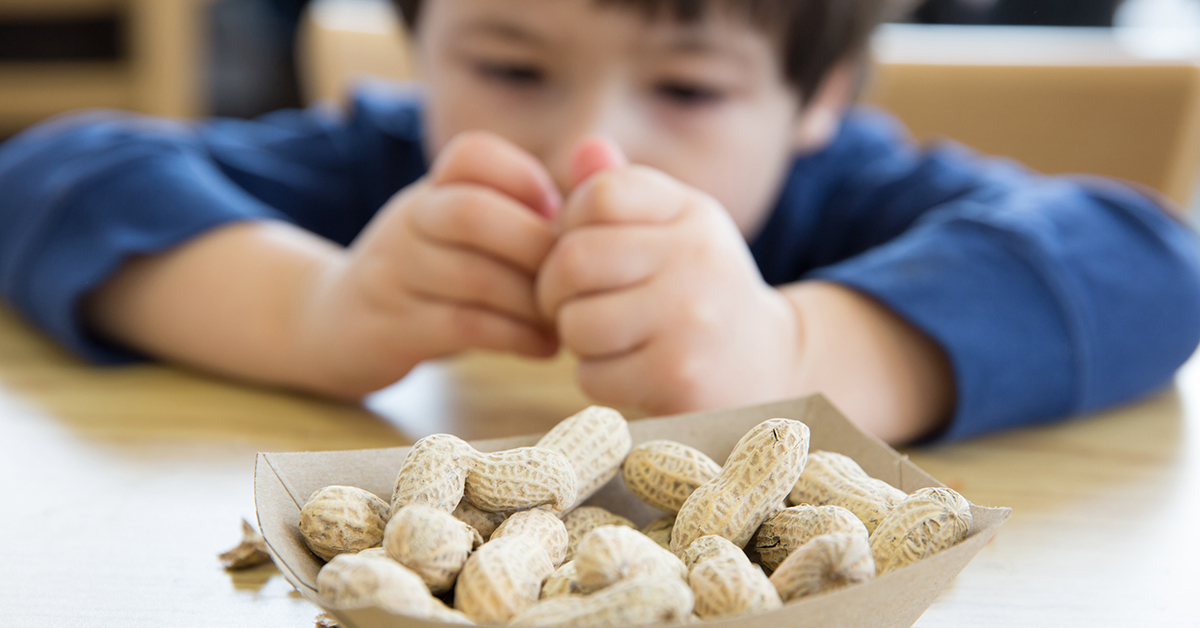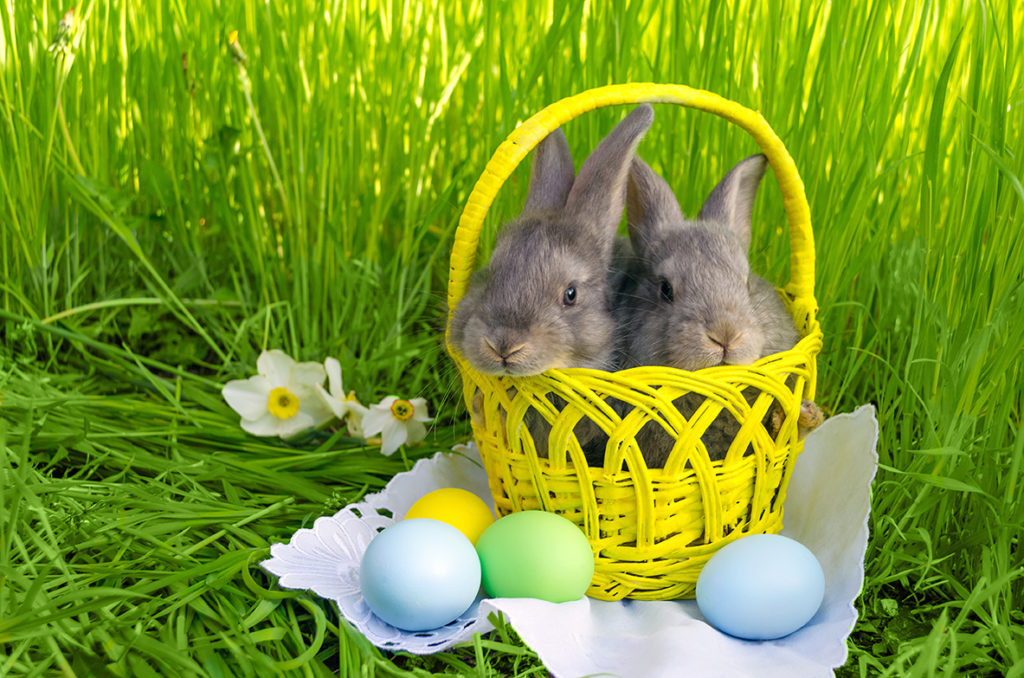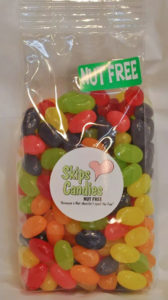
There are a lot of unfortunate myths about nut allergies.
They’re over-diagnosed. They’re all in the minds of overprotective parents. They’re not that serious.
But as parents of kids with peanut or tree nut allergies – and as a maker of nut-free candy – we know better. These allergies are very real and very serious and living with them can mean making significant changes to the way your family lives.
If your child has just been diagnosed with a nut allergy, here are a few things you’ll need to make your life in your house easier and safer.
1. Medical professionals you trust

One of the first things you’ll need to do is find doctors that you trust.
“Typically, a board-certified pediatric allergist is the specialist of choice to advise families and prescribe epinephrine auto-injectors,” writes Caroline Bologna in a Huffington Post piece on advice for parents of children with nut allergies.
She also spoke with parents who recommend shopping around until you find the doctor that’s the best fit for your child.
“Don’t worry about offending people because it’s your child’s safety at stake,” said Becky Bergman, founder of the Peanut Allergy Mom blog and mother of a teenage son with a peanut allergy. “If they’re not the right fit they’re not the right fit.”
2. A plan for avoiding allergic reactions
The only sure way for your child to avoid allergic reaction is to keep away from foods that trigger symptoms. It often only takes a trace of an allergen to cause a reaction.
Avoid those reactions by:

- Paying close attention to food labels each time you buy food products, even ones you’ve bought before, as ingredients can change. Teach your child to read labels when they get old enough
- Let your child’s school, friends and relatives know about the allergy diagnosis.
- Ask about the ingredients in dishes other people make for your children.
- Wash your hands and your child’s hands with soap and water before handling food. Prepare and serve food with clean kitchen items and on clean surfaces.
Try to focus on the foods your child can have rather than what they need to avoid. You can even try out new recipes that use safe ingredients. And thanks to the advent of nut-free candy, they can still enjoy the same sweets their peers cherish.
2. A keen eye for allergy symptoms
No matter how vigilant you are, it’s still possible that your child will be exposed to allergens. If that’s the case, you need to be able to recognize the symptoms, which include:

- Rashes, hives and itching
- Swelling of the lips, tongue and throat
- Difficulty breathing, wheezing, shortness of breath
- Dizziness and/or fainting
- Stomach pain, diarrhea and vomiting
- Panicky/uneasy feelings
Your child’s doctor can provide you with a complete list of symptoms. Some allergy symptoms can be severe, leading to a potentially life threatening allergic reaction known as anaphylaxis, which we’ll deal with in the next section.
3. A plan for dealing with anaphylaxis
Talk to your child’s doctor about how to recognize the signs of anaphylaxis and how to treat it. You can prepare yourself by:

- Working with the doctor to create an emergency plan for dealing with anaphylaxis
- Learn how to administer epinephrine shots to your child. This drug comes in a safe, easy to use auto-injector and is the medicine of choice for treating anaphylaxis.
- Always make sure there are two epinephrine auto-injectors close at hand and teach the people who are with your child when you’re not there how to use them.
You may also want to get your child a medical alert bracelet to let people know about their allergy.
4. A good support system

Finally, it’s important to remember that you’re not alone. Nut allergy diagnoses may be on the rise, but the silver lining here is that you’ll have an easier time finding other parents in your community who have been where you are.
As the Huffington Post story puts it, “A group of fellow allergy parents can help by answering questions, hearing out rants or even just being there to drink a bottle of wine and cry during hard times.”
Searching for nut-free candy options? Skip’s Candies is your source

Since 1993, Skip’s Candies has prided itself on providing the finest candy options. We proudly provide nut-free candy to retail and wholesale customers alike.
For the last eight years, we’ve operated a dedicated nut-free facility, ensuring that the raw materials we purchase come from manufacturers who either work in nut-free facilities or have dedicated nut-free areas and/or adhere to safe handling practices.
Contact us today to learn more about our nut-free candy and our facility. We’re confident we have something everyone in your family will enjoy.







